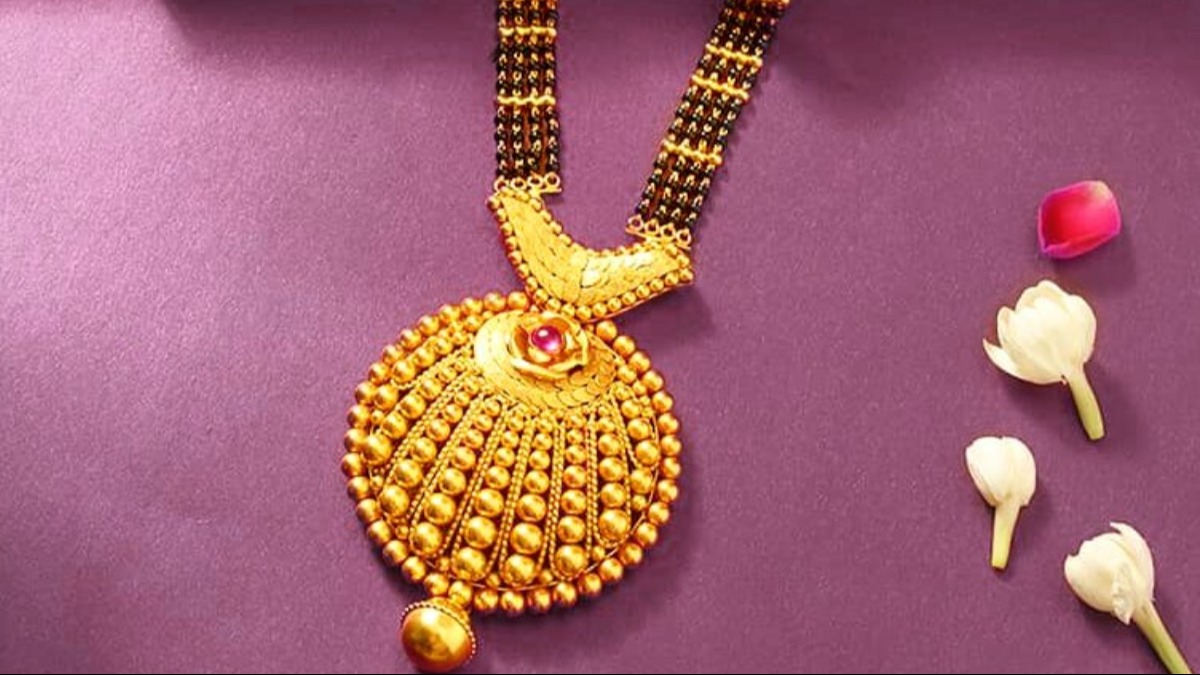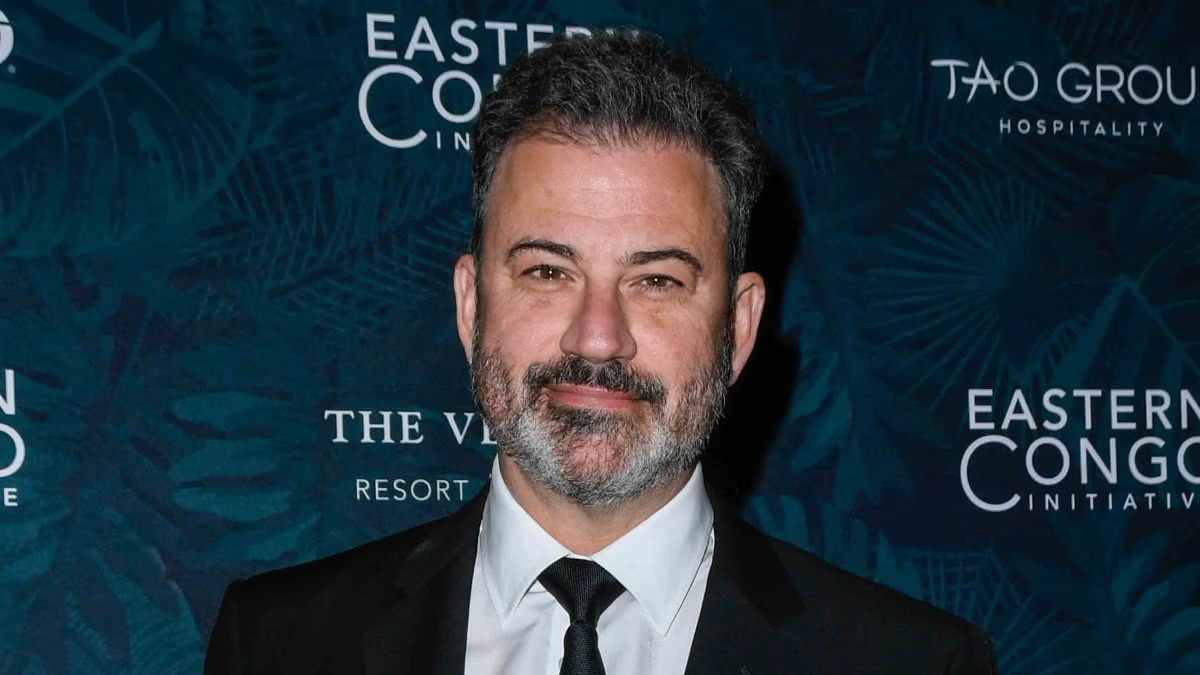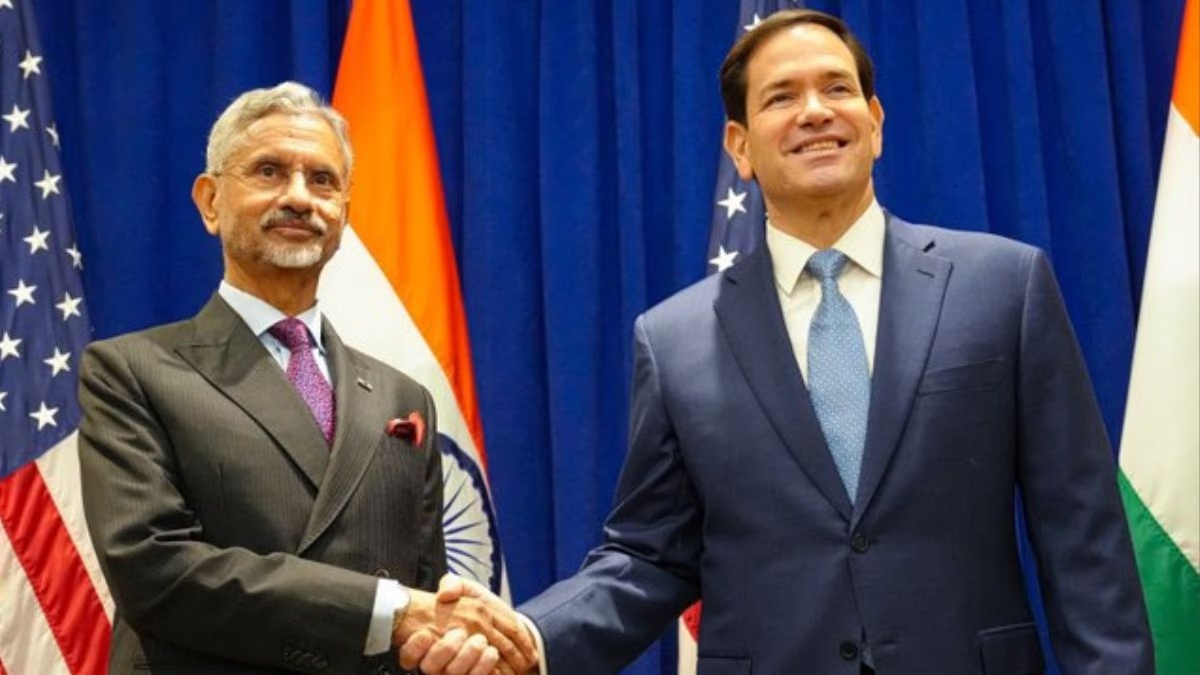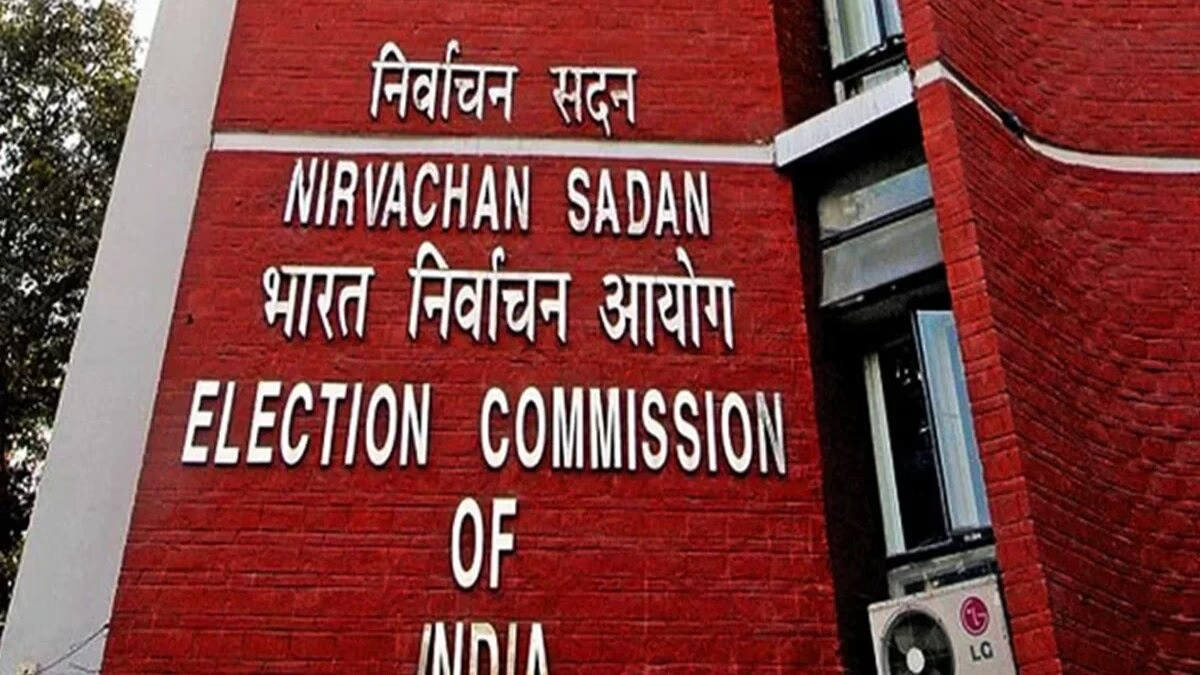Prime Minister Modi at a recent election rally thrust the Mangalsutra into the limelight, symbolizing a call to Indian society at large, transcending everyday adornments such as the 'Tilak' and the 'Kanthi-mala.' Venture from the north to the south of India, and one will spot the presence of the Mangalsutra gracing the necks of married Hindu women; whether fashioned from gold or strung with black beads, it stands as the quintessential marker of marital status.
But where does the Mangalsutra originate, how old is its practice, and what mythological significance does it hold? Did Vedic women adorn it? Did it play a significant role in any epic tales? What importance does it hold among the 16 adornments of women?
In the Indian Sanatan tradition, 16 sacraments punctuate the journey from birth to death, with marriage ceremonies holding a special place. They symbolize a personal celebration, are a spectacle of prosperity over time, and have been part of political diplomacy in the era of kings, silently projecting power without the need for conflict.
Porous tales recount various forms of marriage: from consensual 'Gandharva' unions of love to 'Rakshasa' marriages of abductions. The 'Prajapatya' marriage, however, binds the couple together through rituals such as 'Kanyadaan' (gifting of the daughter), circumambulations around the fire, and 'Sutr-bandhan' (tying of the sacred thread).
Following 'Kanyadaan' by the father or brother, the couple undertakes the ritualistic 'phere' (circumambulations around the fire) and then the groom accepts the bride by applying 'sindoor' (vermilion) to her parting and adorning her with the Mangalsutra.
Mythology recounts instances of husbands gifting ornaments to their wives, symbols of matrimony today—like Lord Rama's gift of a 'Chudamani' (crest jewel) to Sita. The epic Mahabharata describes the Pandavas bestowing Draupadi with various jewels, underlining their marital connections.
In North India, even as the appearance of Mangalsutras may vary, the core tradition of its tying remains consistent. With time, its design has evolved to incorporate elements believed to ward off evil, augmenting its revered stature within Indian bridal customs.
From Prime Minister Modi's recent rally, a spotlight shines on the Mangalsutra, igniting discussions about its cultural significance and the political narrative around Hindu traditions. Indeed, the Mangalsutra rests at the heart of Hindu matrimonial symbolism.




